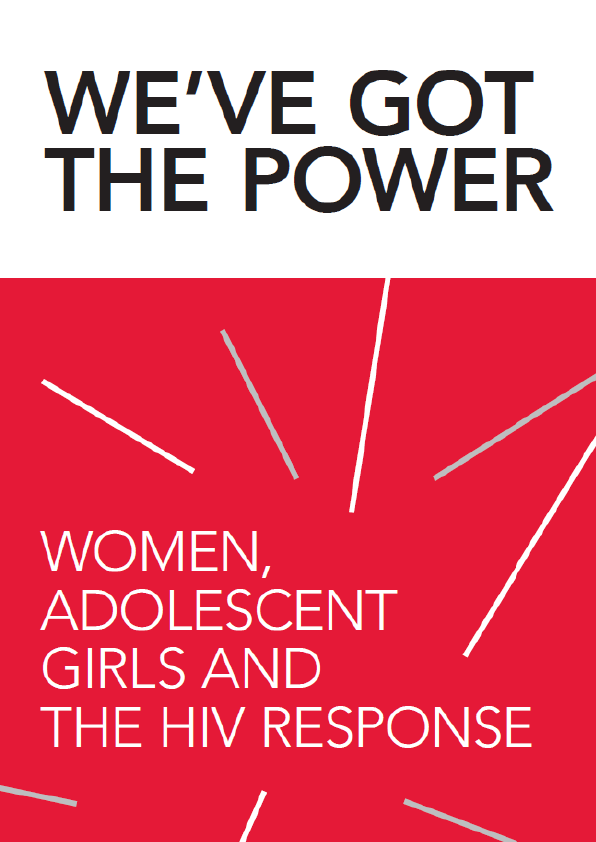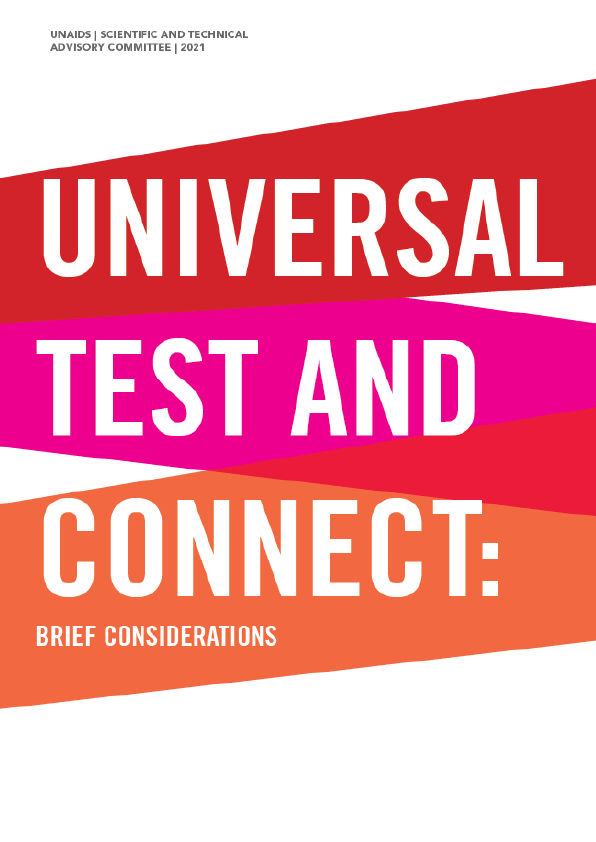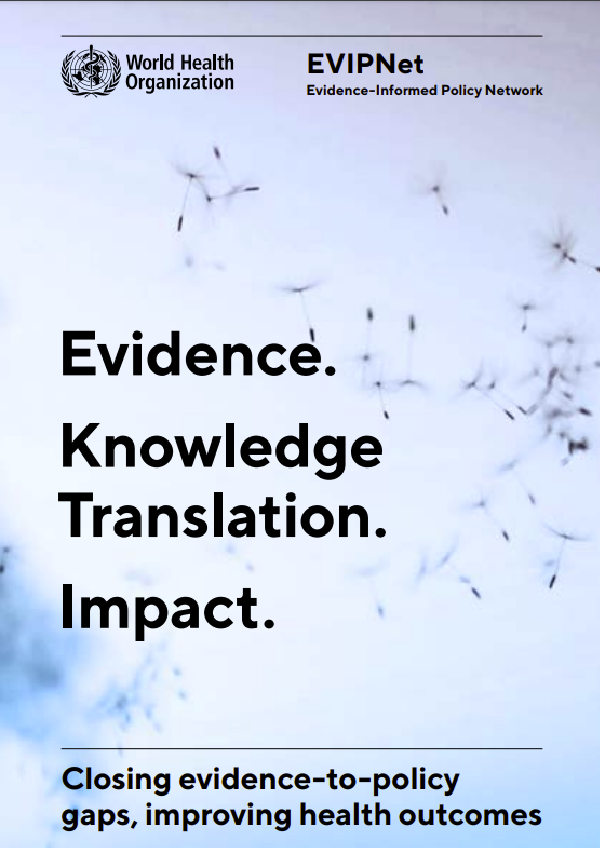THE GAINS SINCE BEIJING: ARE WE ON THE RIGHT TRACK?
HIV is more than a health issue: our efforts to end the epidemic are intertwined with our quest for social, economic and gender justice and human rights for all.
When the Beijing Declaration and Platform for Action was adopted in 1995, the global spread of HIV was approaching its peak, effective treatment was not yet available and hope was in short supply. Women were acquiring HIV at alarming rates in an epidemic that began mainly among men. Community-driven action, global political commitment and biomedical breakthroughs, however, have steadily changed that.
By the turn of the millennium, one of the greatest public health achievements of humankind was unfolding. HIV prevention and treatment programmes around the world, many of them community-based, have reversed the global trend in new HIV infections. The rapid scale-up of antiretroviral therapy prevented an estimated 13.8 million [10.8 million–18.8 million] deaths globally between 1995 and 2018, and by mid-2019, an estimated 24.5 million [21.6 million–25.5 million] people living with HIV were receiving treatment. As a result, HIV has been transformed into a manageable chronic health condition for the majority of people living with HIV. Expanding access to treatment is also key for prevention, because people with undetectable viral loads cannot sexually transmit HIV.
These achievements were driven by the determination, energy and vision of community activists and organizations around the world, momentum that has grown into a powerful global movement. Women and girls in all their diversity are central to this: they have powered the mobilization of communities and political will, set up services and programmes, and demanded accountability from governments, public health managers and pharmaceutical companies. They have brought about momentous changes in our understanding of the HIV epidemic and how best to overcome it.
Yet too many women and girls are being left behind in the HIV response. Fulfilling the Beijing promises for their empowerment and for gender equality is key to closing the remaining gaps and achieving the global goal and targets for ending the AIDS epidemic by 2030. This will require political leadership and investments to make gender equality and the empowerment of women and girls central to the HIV response, and to ensure women’s leadership and participation at all levels of decision-making.











